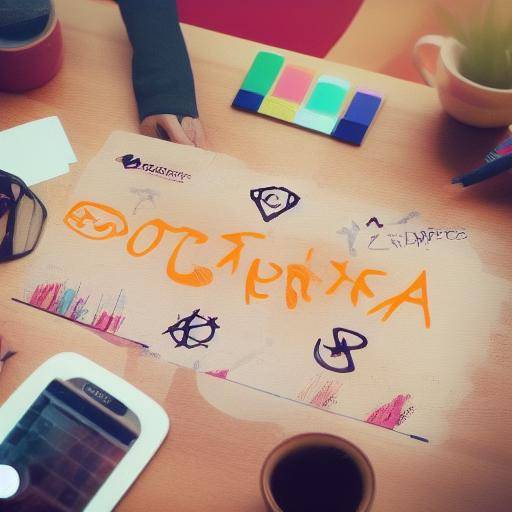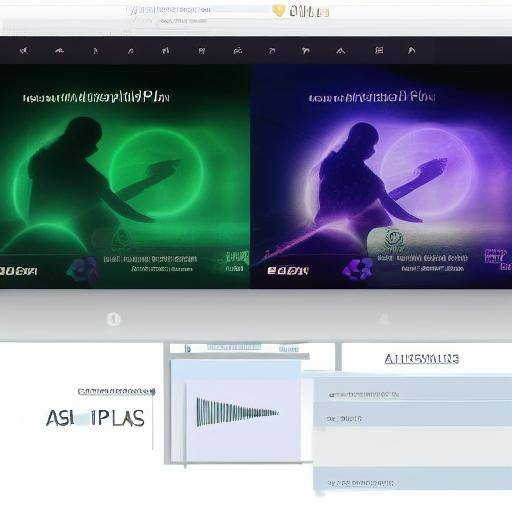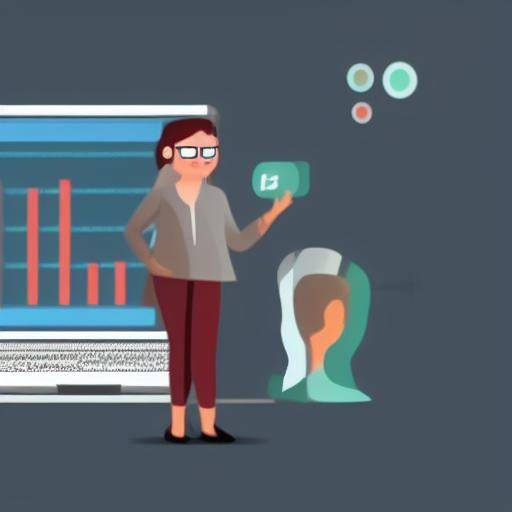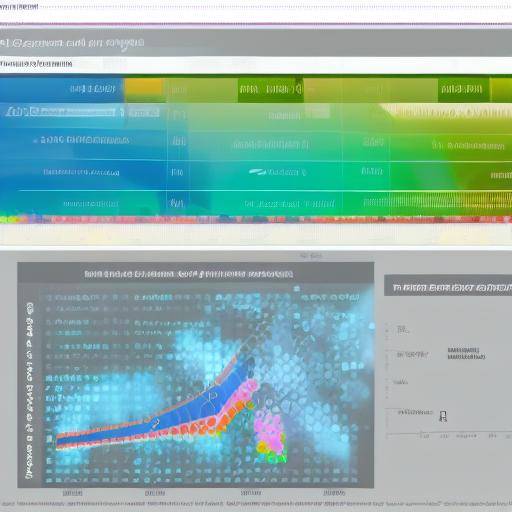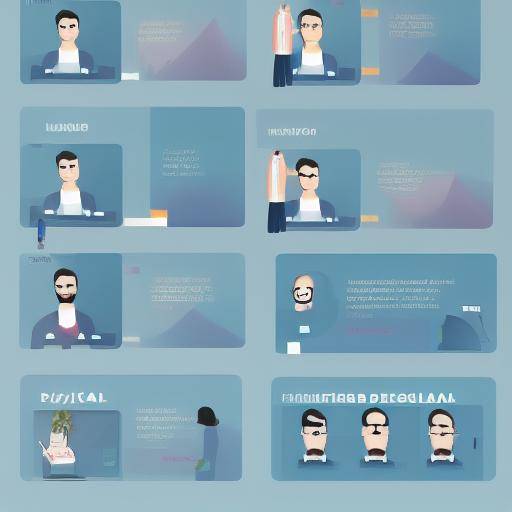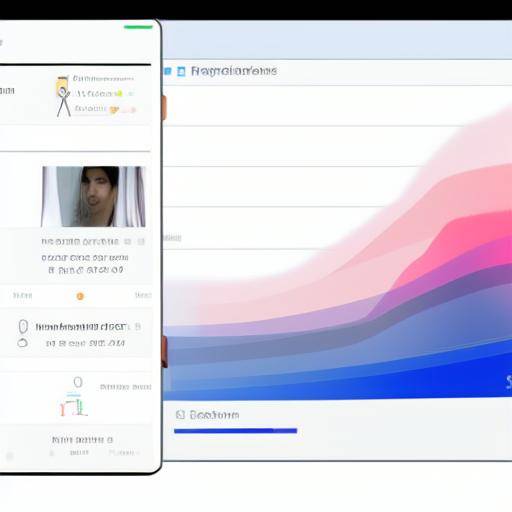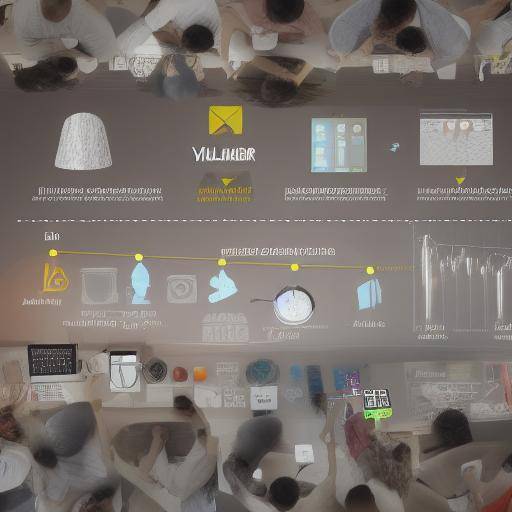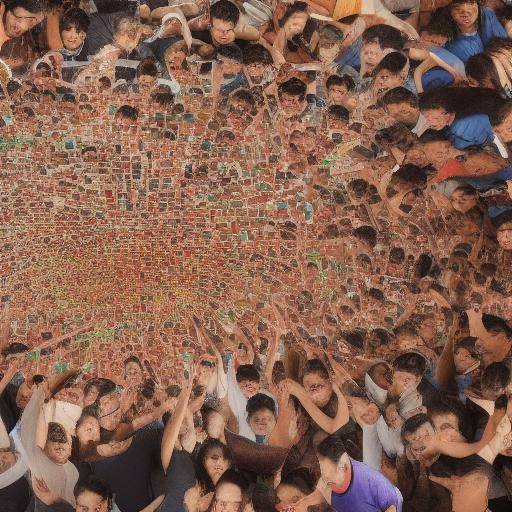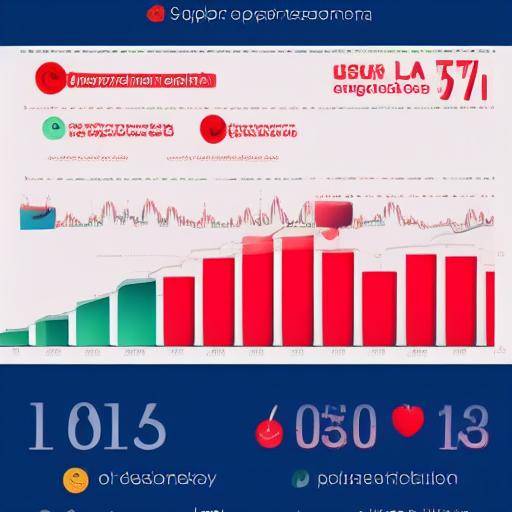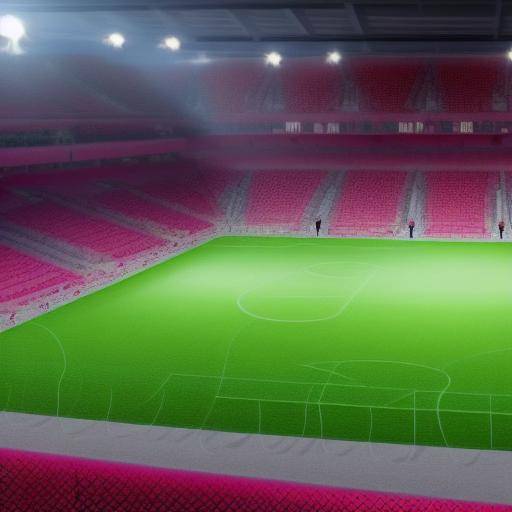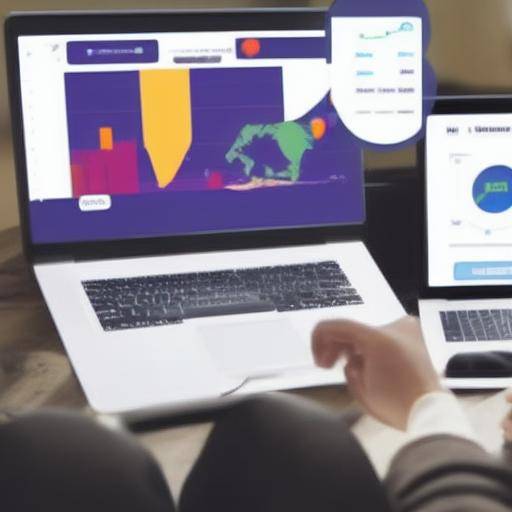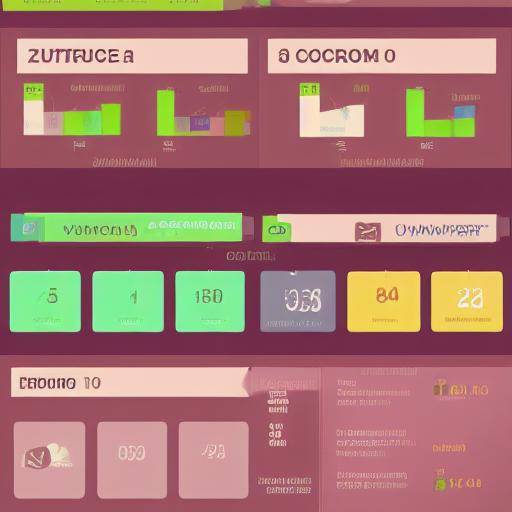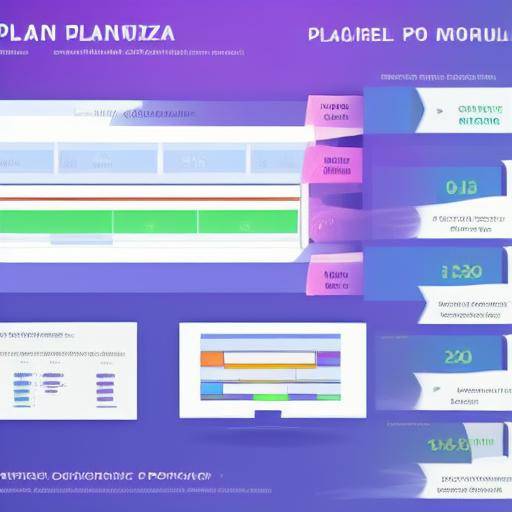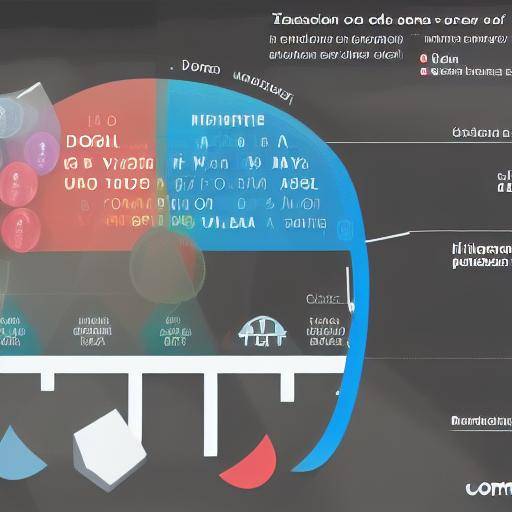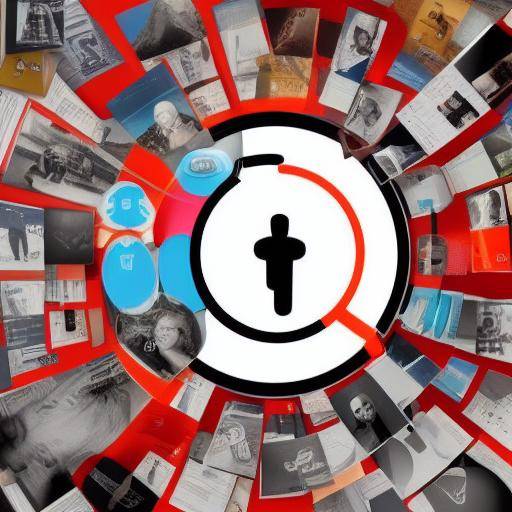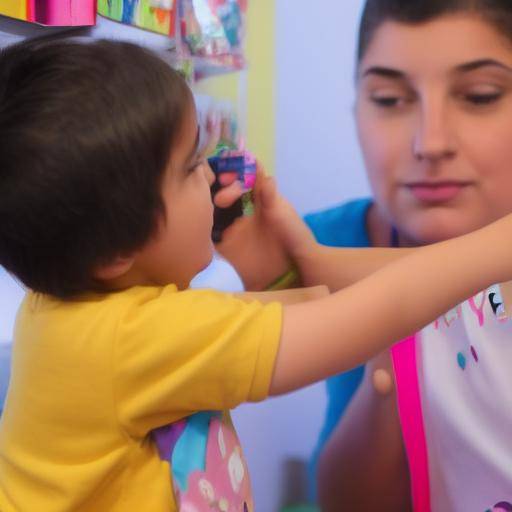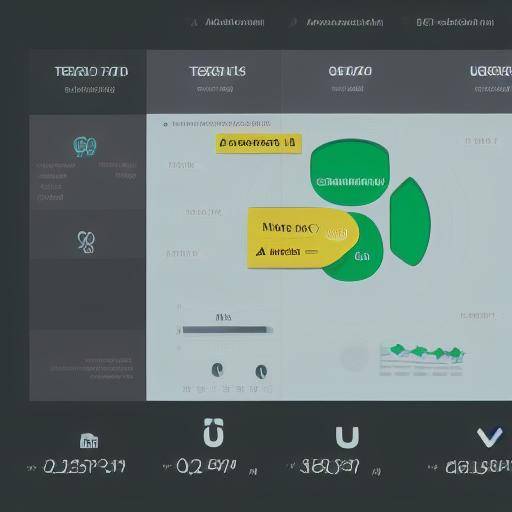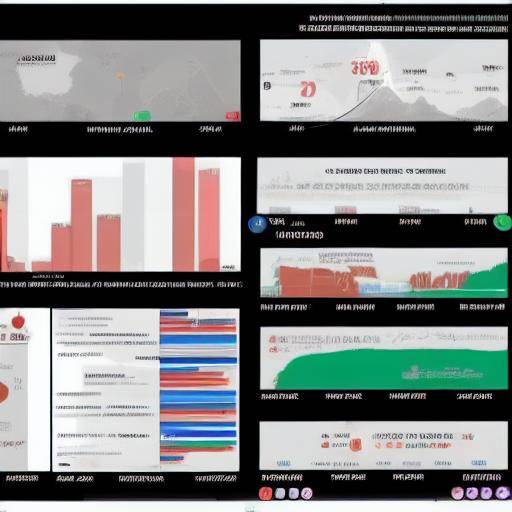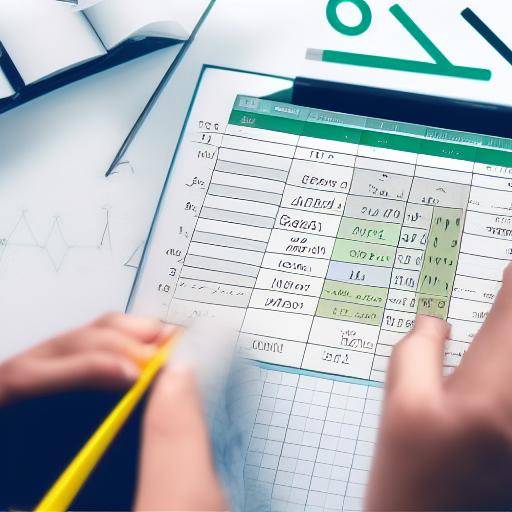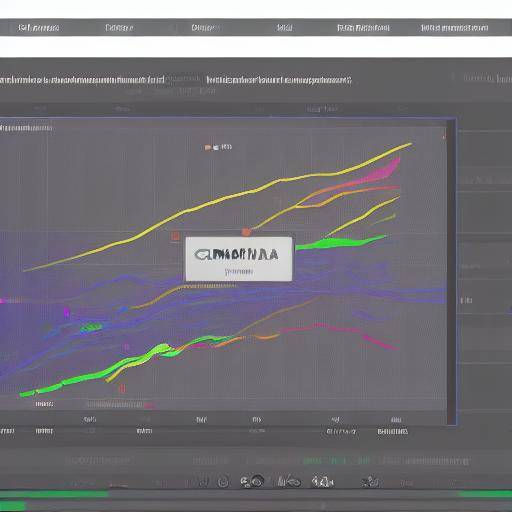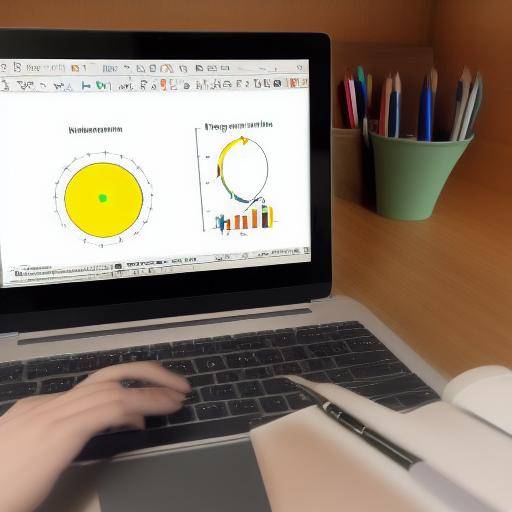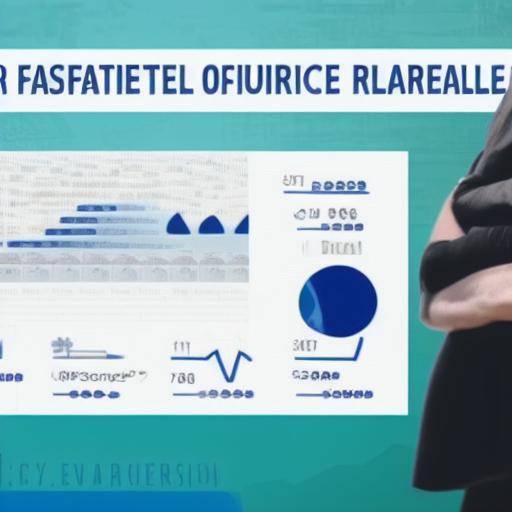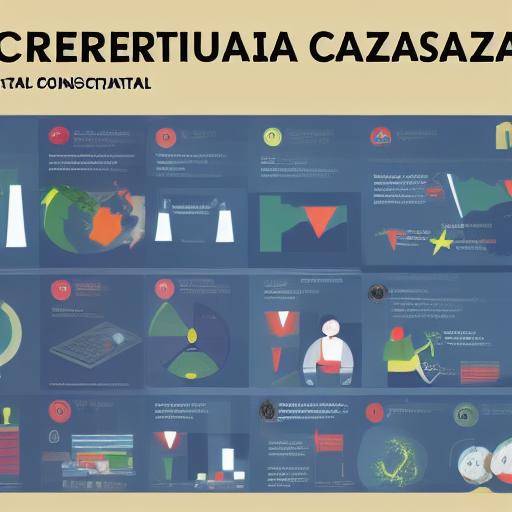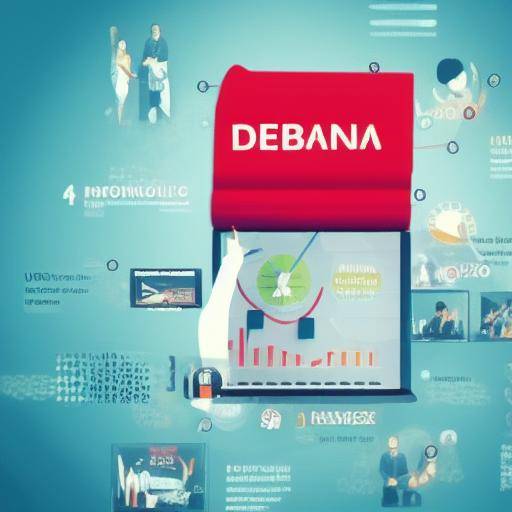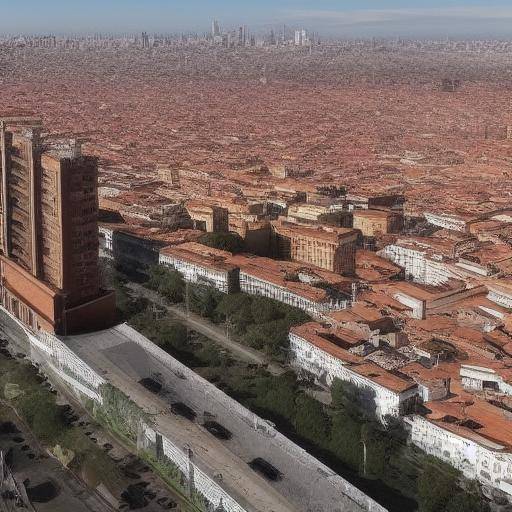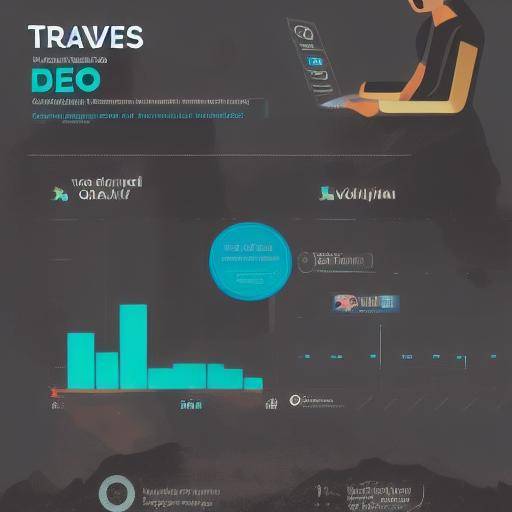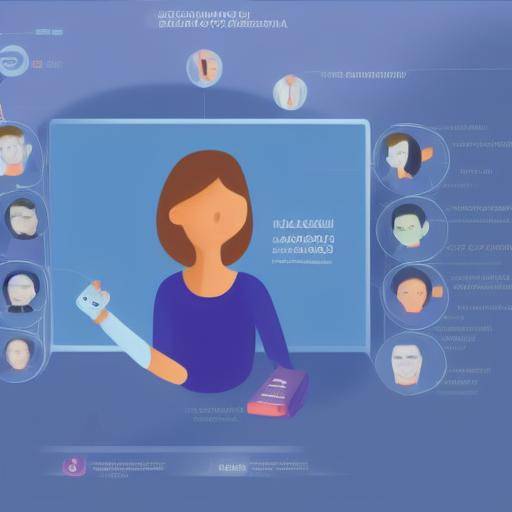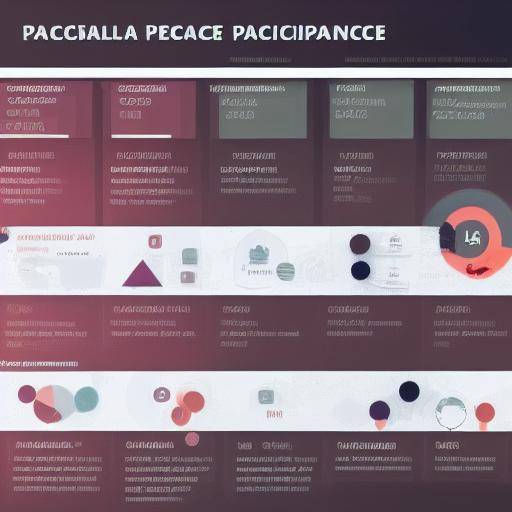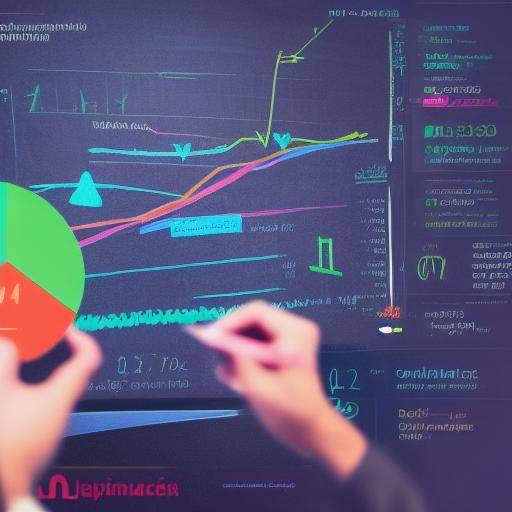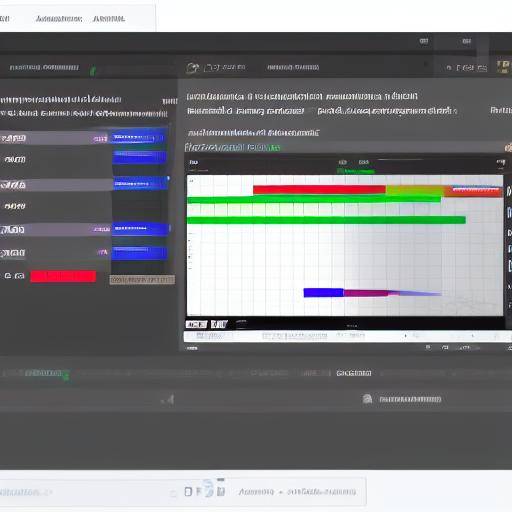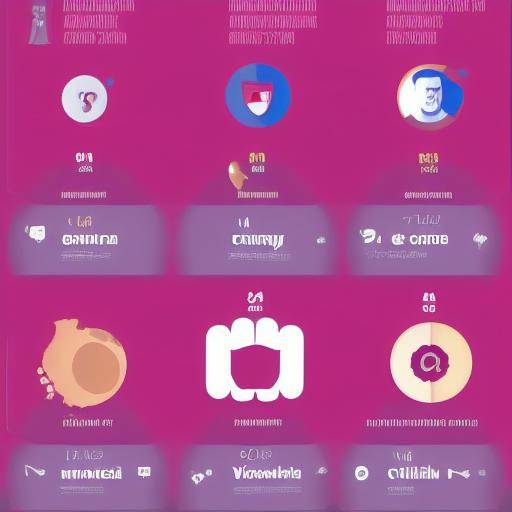
Visualization is a powerful tool that has been used in many areas, from high performance sport to personal development. In this article, we will explore how visualization can improve cultural intelligence, what role it plays in personal development and how it can be effectively applied in everyday life.
Introduction
Visualization is a technique that involves imagining oneself by achieving a specific objective in a vivid and detailed way. It can help improve cultural intelligence by allowing people to understand and appreciate the different perspectives, behaviors and values of other cultures. In addition, visualization is a key tool in personal development, as it can help overcome obstacles, increase confidence and foster a positive mentality.
In this article, we will learn about the power of visualization, its impact on cultural intelligence and its relevance in personal development. We will also explore how you can use it in a practical way to improve intercultural understanding and enhance personal growth.
History and Background
The practice of visualization has deep roots in various cultures and disciplines. From ancient spiritual traditions to modern psychology, it has played a significant role in human development. Throughout history, prominent figures have used visualization as a tool to achieve goals, overcome challenges and expand their understanding of the world around them.
Origins and Evolution
Visualization has its roots in ancient traditions of meditation and creative visualization. Ancient civilizations such as Indian and Chinese used visualization as part of their spiritual and healing practices. Over time, this technique has been integrated into disciplines such as psychology, personal coaching and business development, demonstrating its versatility and effectiveness.
The term "visualization" in the contemporary context was popularized through the movement of the New Thought in the nineteenth century, which promoted the idea that positive thoughts can influence reality. Later, psychologists like Carl Jung and Roberto Assagioli postulated that visualization could be a powerful tool for self-knowledge and personal development.
Significant cases
The display has been used prominently by elite athletes, artists and business leaders to achieve success. For example, many athletes visualize their performance before a competition to improve their performance and reduce anxiety. In addition, public figures such as Oprah Winfrey attribute part of their success to the practice of visualization, highlighting their impact on achieving ambitious goals.
Analysis in Deep
The practice of visualization entails a number of significant benefits both individually and collectively. By enhancing cultural intelligence, visualization can contribute to understanding, empathy and connection with people of different origins. In addition, in the area of personal development, visualization has been proven effective in improving self-confidence, reducing stress and cultivating a positive mentality.
Benefits of Visualization
Visualization allows people to explore diverse perspectives and better understand intercultural dynamics. In visualizing scenarios of interaction with people from other cultures, prejudices or stereotypes can be identified and overcome, fostering openness and tolerance. In addition, in personal development, positive visualization can help overcome obstacles, increase motivation and strengthen emotional resilience.
According to scientific studies, visualization activates key areas of the brain associated with learning, memory and problem solving, which contributes to enhancing cultural intelligence. In addition, visualization has been shown to foster self-confidence and improve performance in various areas, from sport to work.
Challenges and Considerations
In spite of its benefits, lavisualization can also present challenges. Some people may find it difficult to visualize themselves in unknown cultural contexts, which limits the effectiveness of the technique in the development of cultural intelligence. In addition, for some people, visualization can trigger intense emotions or painful memories, which requires a careful approach and a professional guide to your safe and effective practice.
Current trends
Currently, visualization has gained popularity in diverse fields, from mental health to business management. More and more people use visualization as a tool to improve their emotional well-being, enhance their intercultural skills and achieve personal and professional goals. This trend is reflected in the proliferation of applications and programs that offer guided visualization exercises and advanced techniques for effective application.
Comprehensive review
The effective application of visualization to improve cultural intelligence and promote personal development requires specialized understanding, practice and guidance. We will explore best practices, relevant case studies and key tips to maximize the potential of visualization in these contexts.
Applications and Best Practices
To improve cultural intelligence, it is important to use visualization in a conscious and reflective way. For example, you can see yourself participating in interactions with people from different cultures, observing their customs and understanding their values. In addition, in the area of personal development, positive visualization can be incorporated into daily routines to improve self-esteem, reduce anxiety and strengthen resilience.
Visualization experts recommend dedicating daily time to visualization practices and using all senses to create a vivid and compelling experience. In addition, visualization can be combined with relaxation techniques and mindfulness to maximize your benefits. It is essential to maintain an open, curious and responsive attitude during the visualization process.
Opinions of Experts
According to experts in cultural intelligence, visualization can raise awareness of cultural differences and build resilience in intercultural environments. By interacting with people from other cultures, you can develop intercultural empathy and sensitivity, key to success in global and diverse environments.
In the field of personal development, psychologists and coaches highlight the importance of visualization for overcoming obstacles, managing stress and consolidating personal goals. The regular practice of visualization has shown significant changes in the attitude, beliefs and behavior of people, transforming their lives in a profound and sustained way.
Cases and Examples
To illustrate the application of visualization in the improvement of cultural intelligence, consider the case of a global company that seeks to promote diversity and inclusion in its teams. Through guided visualization exercises, employees can explore scenarios of interaction with colleagues from different cultures, identify communication barriers and develop strategies for effective and harmonious collaboration.
In the context of personal development, numerous testimonies show how visualization has been a transformative tool for individuals seeking to overcome fears, establish ambitious goals and cultivate a positive mentality. From students to entrepreneurs, visualization has proven to be a powerful ally on the road to personal and professional growth.
Comparative analysis
It is important to distinguish how visualization relates to cultural intelligence and personal development, as well as to understand the differences and similarities between these fundamental concepts.
Relationship between Visualization and Cultural Intelligence
Visualization and cultural intelligence are closely related, as visualization can be an effective tool to enhance cultural intelligence. By mentally imagining and experiencing intercultural situations, people can expand their understanding, sensitivity and adaptability in multicultural environments.
Visualization can help overcome prejudices and stereotypes, as well as promote tolerance and respect for cultural differences. By practicing visualization aimed at the understanding and appreciation of other cultures, cultural intelligence can be strengthened and contribute to more inclusive and collaborative environments.
Visualization and Personal Development
In the field of personal development, visualization focuses on the creation of a desired future and the overcoming of personal challenges. Through positive and vivid mental images, visualization can enhance self-confidence, improve concentration and stimulate internal motivation. This translates into greater emotional well-being, a more resilient mentality against adversities and an impulse to achieve ambitious goals.
Visualization in personal development focuses on personal transformation, self-realization and the achievement of specific goals. Through creative visualization techniques, people can reschedule their limiting beliefs, challenge their fears and cultivate a growing mentality. This holistic and personalized approach differentiates the visualization in the personal development of its application in the field of cultural intelligence.
Practical Tips and Accessible Recommendations
To effectively integrate visualization into the development of cultural intelligence and personal growth, it is useful to have practical advice and actionable recommendations that guide your daily application.
Tips for Effective Visualization
- Dedicates time daily: Sets a specific moment every day to practice visualization and creates a calm and relaxed atmosphere for its realization.
- Use your senses: Add sensory details to your visualizations, including sounds, smells, flavors and textures, to create a richer multi-sensory experience.
- Keep an open attitude: Allow your visualizations to evolve naturally, without forcing the process, and maintain an attitude of curiosity and receptivity.
Recommendations for Personal Development
- Set clear goals: Use visualization to imagine in detail the achievement of your personal goals, focusing on the path to success rather than on obstacles.
- Practice Gratitude: Combine visualization with gratitude exercises to cultivate a positive mentality and appreciate your current achievements and experiences.
- Find professional guidance: By exploring visualization in personal development, consider working with a coach or therapist that can guide you individually and support your growth.
Industry Perspectives and Expert Reviews
Visualization has gained recognition in various fields, from psychology to the business world, generating diverse perspectives and informed opinions about their impact and future potential.
Implications for the Future
According to cultural intelligence experts, visualization can be a crucial tool to prepare professionals and leaders for increasingly global and diverse working environments. By integrating visualization into training and development programmes, organizations can foster adaptability and intercultural competence among their employees, which in turn can improve collaboration and performance in multicultural contexts.
In the area of personal development, the growing interest in visualization and emotional well-being suggests a future in which visualization is more broadly incorporated into mental health, education and personal development programmes. The demand for practical and effective tools to improve resilience, self-knowledge and self-realization supports the ongoing potential of visualization in these contexts.
Interviews and Relevant Quotes
"Viewing is a powerful tool that can enhance cultural intelligence by helping us simulate and understand complex intercultural experiences in a safe and controlled environment." - Dr. Elena Gómez, Intercultural Psychologist.
"The regular practice of visualization can generate a significant change in people's perception and emotional response, strengthening self-confidence and their ability to face challenges effectively." - Santiago Vargas, Personal Development Coach.
Case Studies and Practical Applications in Real Life
To illustrate the effectiveness of visualization in real contexts, we consider practical cases that demonstrate its application in intercultural environments and its transformative impact on people's lives.
Case Study: Improvement of Cultural Intelligence in the Business Area
A multinational company implemented guided visualization programs for its employees in order to improve cultural intelligence and promote diversity and inclusion in its teams. Through structured visualization exercises, employees explored interactions with colleagues from different cultures, identified common challenges and developed strategies for more effective communication and integration. This approach led to greater mutual understanding, conflict reduction and greater cohesion in intercultural teams.
Personal Applications: Overcoming Obstacles and Self-empowerment
In an individual context, visualization has been critical for people seeking to overcome personal obstacles and achieve significant goals. From students who visualize their academic success to entrepreneurs who imagine the growth of their businesses, visualization has proven to be a powerful tool to strengthen self-confidence, decrease anxiety and maintain motivation on the way to achieving personal and professional goals.
Future Trends and Predictions
Given the demonstrated impact of visualization on cultural intelligence and personal development, it is important to consider emerging trends and make predictions about their future evolution and application.
Expert predictions
Cultural intelligence experts predict that visualization will be integrated more broadly into intercultural training programmes and the development of global competencies, helping to prepare professionals for increasingly multifaceted and challenging working environments. The demand for intercultural and adaptive skills in the labour market supports the future role of visualization in professional and business growth.
In the area of personal development, visualization is anticipated to be integrated into therapeutic and emotional well-being approaches, offering a complementary tool to improve resilience, manage stress and encourage self-realization. Increased awareness of the importance of mental well-being supports the continued expansion of visualization as a therapeutic and personal growth strategy.
Conclusions
Visualization is a versatile and powerful tool that can improve cultural intelligence and enhance personal development. By practicing visualization in a conscious and reflective way, people can broaden their intercultural understanding, strengthen their trust and cultivate a positive mentality. The effective application of visualization requires understanding, dedication and specialized guidance, but its proven benefits support its relevance today and its ongoing potential in the future.
FAQs
1. What is visualization and how does it relate to cultural intelligence?
Visualization is a technique that involves imagining oneself by achieving a specific objective in a vivid and detailed way. In the context of cultural intelligence, visualization can help to understand and appreciate the different perspectives, behaviors and values of other cultures by simulating complex cultural interactions.
2. How can I improve my cultural intelligence through visualization?
To improve cultural intelligence through visualization, it is useful to devote daily time to visualization practices focused on intercultural interactions, use all senses to create a vivid experience and maintain an open and responsive attitude during the process.
3. What benefits does visualization offer in personal development?
Visualization in personal development provides benefits such as improving self-confidence, reducing stress, strengthening emotional resilience and cultivating a positive mentality. By using visualization to visualize the achievement of personal goals, overcome obstacles and foster a positive attitude, people can transform their mental, emotional and behavioral approach to personal growth.
4. What are the challenges of visualization in the intercultural context?
Some people may find it challenging to visualize in unknown cultural contexts, which can limit the effectiveness of the technique in the development of cultural intelligence. In addition, visualization can trigger intense emotions or painful memories, so a careful approach and professional orientation is required for your safe practice.
5. How can I begin to practice visualization to improve my cultural intelligence?
To start practicing visualization to improve cultural intelligence, you can spend time daily to visualize interactions with people from different cultures, using all the senses to create a vivid experience and keeping an open and responsive attitude during the process.
6. What role does visualization play in preparing for multicultural working environments?
Visualization can be a crucial tool to prepare professionals and leaders for increasingly global and diverse working environments. By integrating visualization into training and development programmes, organizations can foster adaptability and intercultural competence among their employees, which in turn can improve collaboration and performance in multicultural contexts.
In short, visualization is a powerful tool that can not only enhance cultural intelligence and personal development, but also has the potential to transform people's perception and emotional response, strengthening self-confidence and their ability to effectively face challenges. With a conscious understanding and careful practice, visualization can become a fundamental ally in the search for self-realization, intercultural understanding and self-realization.








